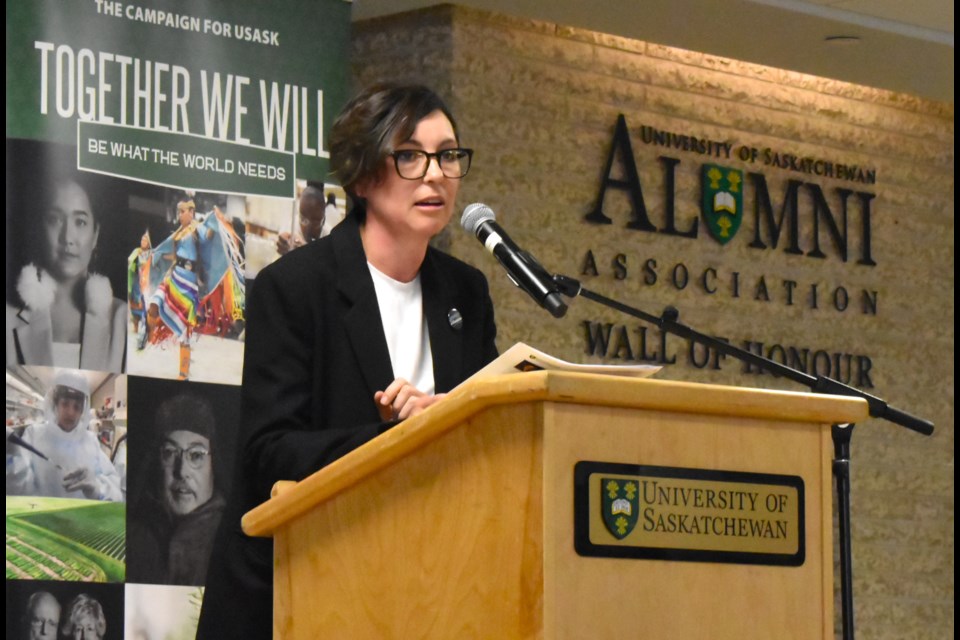From GMO Pundit.
Rex Weyler announces to Patrick Moore that he is about to come out publicly with a critique of Patrick’s new book, Confessions of a Greenpeace Dropout: The Making of a Sensible Environmentalist. Here is Patrick’s response:
RW: You make claims that have been refuted by the people you reference. This may be okay over a beer, but seems reckless in print. You say DDT was “discontinued for use in malaria control by the World Health Organization and USAID.” But surely you know that WHO and USAID representatives have already told George Monbiot that they never stopped using DDT for malaria control. (A Charming Falsehood, The Guardian). Why would you restate this, knowing that WHO and USAID have refuted it?
PM: I have provided you with a link to the UN media release titled, “Reversing Its Policy, UN Agency Promotes DDT to Combat the Scourge of Malaria,” UN News Center, September 15, 2006.” Here is the link again where the WHO announces that it is reversing its policy to discontinue the use of DDT after nearly 30 years.
USAID made the same decision in 2006. This reversal stemmed from the negotiations towards the Stockholm Convention on toxic, persistent, bioaccumulative chemicals which, in the end, despite strong opposition from Greenpeace and WWF, provided an exemption for DDT use for malaria control.
I realize there is a major effort at Greenpeace to rewrite the history on this subject as I have been informed by a Greenpeace spokesperson in the UK that “Greenpeace was never opposed to the use of DDT for malaria control.” This has to be one of the most blatant examples of historical revisionism I have encountered. Of course there are other examples, such as their contention that I “played a minor role in the early years” etc. I hope you are not buying into that one. Anyway, if you trust George Monbiot as a reliable source then you’ll get a lot of things wrong, although on nuclear power, he has come a long way in his understanding. Have you noted that George has come out in favor of nuclear energy this week?
And who knows, maybe the WHO and USAID are also trying to cover their tracks. After all it does not look good that health and aid agencies were implicated in the unnecessary deaths of millions of people because they caved into political pressure against DDT in the ’70s.
Update.
The historic record includes:
Ethical debate. BMJ VOLUME 321 2 DECEMBER 2000 bmj.com 1403
Doctoring malaria, badly: the global campaign to ban DDT The treaty on persistent organic pollutants—POPs—will be finalised at the United Nations Environment Programme meeting in Johannesburg, 49 December. One proposal is to ban DDT, still used by many countries for controlling the mosquitoes that spread malaria. It should not be banned, argue Amir Attaran and Rajendra Maharaj, specialists in malariology and also international development and law—there’s no evidence that spraying with DDT harms anyone. The issue is not straightforward, says Richard Liroff, director of the World Wildlife Fund’s alternatives to DDT project; the treaty raises a series of equity challenges.
DDT for malaria control should not be banned Amir Attaran, Rajendra Maharaj
Last year, deaths from malaria in Africa reached an all time high. Next year they will probably do so again,claiming around a million children. Yet in this deadly upward spiral, political pressure is building at the United Nations Environment Programme to pass a treaty by the end of 2000 to internationally ban or restrict one of the world’s best antimalarial tools.
That tool is, of course, DDT—dichlorodiphenyl trichloroethane. The campaign to ban it, joined by 260 environmental groups, reads like a who’s who of the environmental movement and includes names such as Greenpeace, Worldwide Fund for Nature (WWF), and (ironically) the Physicians for Social Responsibility.Together, they are “demanding action to eliminate” DDT and its sources. (Ref 1 International POPs Elimination Network. Background statement and POPs elimination platform.) (accessed 17 Nov 2000)
Balancing risks on the backs of the poor
AMIR ATTARAN,DONALD R. ROBERTS,CHRIS F. CURTIS and WENCESLAUS L. KILAMA
NATURE MEDICINE • VOLUME 6 • NUMBER 7 • JULY 2000 729
Data from the Pan-American Health Organization show a strong inverse correlation between malaria cases and rates of spraying houses (1959–1992) in South America, even after DDT resistance became widespread in the 1960s (Fig. 1). Here, ‘cumulative cases’ represent the population-adjusted, ‘running’ total of cases that exceed or fall short of the average annual number of cases from 1959 to 1979 (years in which World Health Organization strategy emphasized house spraying12). Cumulative cases increase considerably in later years, coincident with a sharp decrease in rates of spraying houses. This inverse correlation is readily understandable because it is so biologically plausible. For mosquitoes, DDT is a toxin, irritant and repellant all rolled into one chemical…
…African countries in particular lack the resources to dispatch health experts to the treaty negotiations, and although it provides financial assistance, the United Nations Environment Programme has declined to assist with this, or even to provide a translator when French- and English-speaking diplomats meet to discuss DDT. The resulting lack of knowledge suffocates debate. At worst, threats are used, as Belize learned when the US Agency for International Development demanded that it stop using DDT. Such arm-twisting is as lamentable as it is effective.
![]()




